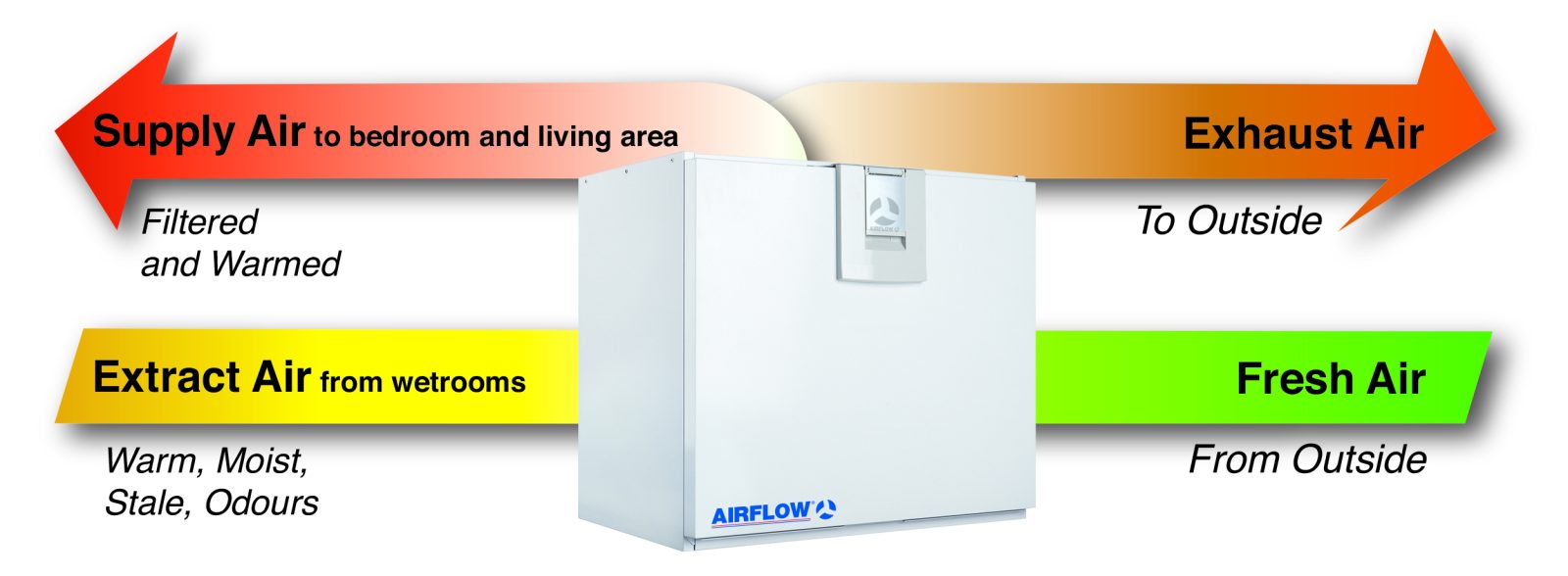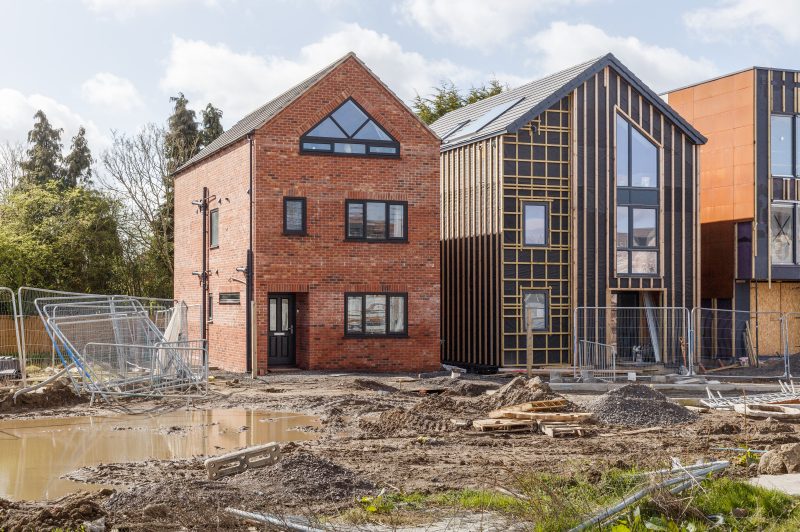NaCSBA member Potton is celebrating its 60th year in the timber frame business with its first open day in 2024 on Saturday 6th January at its St Neots show centre
The day is a packed overview of the entire build process when building with Potton, ideal for novice and serial self builders. As well as the opportunity to see the range of show homes on the site, visitors can drop in, without an appointment, to have a chat and their questions answered.
Potton’s self-build consultants will be in the Gransden to offer expert advice informally, or with one-to-one sessions, and there is a programme of morning talks visitors can join.
Seminar timetable
10.40am – 11.20am Build & Budget. An overview of the self build process.
11.40am – 12.20pm Timber frame or SIPS Discover the pros and cons of these different build systems and the benefits of offsite construction.
12.40pm – 1.20pm Designing your dream home. A step-by-step guide to designing your ideal home, including the local authority planning context, approvals and tailoring your home to your needs.
Plus on the day, each show house a specialist in it acting as a hub with the: Design Hub in The Milchester, the Land Hub in the Wickhambrook, the Build Hub in The Elsworth.
Plus you’ll get the chance to raise a glass of fizz to Potton to celebrate it’s 60th year!
Government has announced a plan to scrap the stranglehold that nutrient neutrality has had on house building. This saw a complete ban on any new housing in wide areas across England. The announcement is great news for builders, not only self builders but for custom build developers who have been impacted.
Housing Secretary Michael Gove announced a major deregulation of the rules around Nutrient Neutrality which led to 74 councils setting up moratoriums for all new building, following requirements made by Natural England.
Gove commented that cutting the red tape will unblock up to 100,000 stalled homes, which is worth £18 million in activity for the economy.
In the announcement government squarely blames ‘defective’ EU laws for the problem of Nutrient Neutrality, although it was the government quango Natural England that made the requirements that halted building. Most councils enforced a ban in affected areas as not doing so would have left them open to legal challenge.
Nutrient Neutrality refers to run off of excessive nutrients from the land, which pollutes water courses and damages river habitats. But new housing is believed to cause minimal additional run off, with farming and out-of-date water treatment plants being the main forces contributing to pollution.
An amendment to the Levelling Up and Regeneration Bill will bring about the announced change, and building could commence immediately on many sites as a considerable number have planning permission in place.
Housebuilders welcomed the announcement, but environmentalists have criticised government for its stance.
However, government also announced new environmental measures to improve habitats and reduce pollution, including more funding for Natural England’s Nutrient Mitigation Scheme, which offsets any negative impact from house building.
Michael Gove MP said: “We are committed to building the homes this country needs and to enhancing our environment. The way EU rules have been applied has held us back. These changes will provide a multi-billion pound boost for the UK economy and see us build more than 100,000 new homes.
“Protecting the environment is paramount which is why the measures we’re announcing today will allow us to go further to protect and restore our precious waterways whilst still building the much-needed homes this country needs.
“We will work closely with environmental agencies and councils as we deliver these changes.”
Mechanical Ventilation and Heat Recovery (MVHR) systems are a big ticket item that work very well in a self and custom build. This is because they can be designed in at the very earliest stages of your project, to work in conjunction with your building’s fabric.
But what do you need to understand about MVHR to ensure that it’s the right choice for you? NaCSBA member Airflow shared some of its experience with the Self Build Portal, to help you decide if investing in MVHR is the right choice for you.
Our changing climate means that homes in the UK need to not only provide heating requirements but also need to stand up to extreme heat for prolonged periods of time.
MVHR offers your the opportunity to control your internal environment, especially when combined with a fabric-first approach to building. This is because it needs an airtight building envelope to work efficiently, so how you build is as important as the MVHR system itself.
The heat recovery element of MVHR is an extremely energy efficient process, as no heat is lost, so reducing demand. Conversely, in Summer, many systems bypass this exchange process, to bring cool fresh air in from outside and allowing internal heat to be expelled. Be sure to ask when specifying if your system has an automatic bypass, or partial bypass for Spring and Autumn.
Used well this allows some degree of cooling, especially as the MVHR system will remove humid air, which can in itself make you feel warmer. Removing excess humidity is also important to reduce mould build up.

Heat recovery captures and retains heat that would otherwise be lost as it leaves the building. MVHR removes the heat from stale air as it is extracted from the building. This is passed through a heat exchanger that transfers the heat from the outgoing air to fresh air entering the building. Incoming air is filtered to remove impurities, such as allergens, heated and then distributed around the building.
This requires good levels of airtightness in your build envelope to prevent air leakage, as well as ducting and the actual unit where the exchange takes place. MVHR does away with stand alone extraction systems, such as hob and bathrooms extractors.
In regards to cooling Airflow has some useful insight on comparing the two systems.
Primarily, air conditioning will cool more powerfully, but it does this by recirculating the stale air that is already in the room.
Whereas air conditioning is reliant on a unit per room, with associated running costs and local noise, MVHR is a whole house system. This means there is one piece of plant, in the loft or plant room, and ducts in individual rooms, rather than entire units.
As well as fresher air and a quieter system, this can result in lower energy usage, but check if this translates into lower running costs.
MVHR is better at maintaining a constant temperature using fresh air, but is more reliant on external air temperatures to secure this. Therefore regulating the temperature early in the day will result in a cooler building.
A more powerful MVHR system can move larger volumes of air which can help with cooling, so again, speak to your specifier about your expectations for the system.
MVHR needs to considered early on in your plans, and needs to work in harmony with your build model. If you are considering it speak to system manufacturers/installers and do your research in advance.
This can be from neutral sources, such as magazines, as well as supplier websites (although be aware they are promoting MVHR). The Passivhaus Trust and 21 Degrees are also good sources of information, and the NSBRC runs several courses on heat and energy.
If you decide it is for you, ensure that your architect and package manufacturer are planning for it from the get go, and that any follow on trades are aware of the need for airtightness. This needs a ‘fabric first’, whole house approach, and this might affect window orientation and shading and solar gain. For example, trickle vents on windows should be avoided, as they will reduce the airtightness.
Images: Airflow
Planning appeals are starting to be won on the basis of the self build registers, proving their worth at a macro level when many feel they fail to deliver for individuals.
While the National Custom and Self Build Association would like to see more positive outcomes for individuals as a result of signing, it welcomes the decisions where inspectors find in favour of a planning appeal because of a lack of action around the registers.
As many self builders know, anyone in England has the right to sign up to their local council’s self build register, individually and as part of a group. Read about the situation in regards to Wales and N. Ireland and Scotland.
However, despite this many people remain unaware of their right. Last year our joint survey with the National Self Build and Renovation Centre (NSBRC) found that 21% of people surveyed were not aware of the ‘Right to Build’ legislation, and 51% had not joined a register. This is surprising, as the interviews were conducted with people in the NSBRC database, so had an active interest in self build.
Councils also have the right to put tests and/or charges in place which prevents or discourages some people from signing up – find out more about these in the FAQs on our Right to Build page.
The registers are starting to prove important in planning applications and appeals as they represent a form of demand of people wanting to self build, that councils must have consideration for. The legislation does not require them to create plots, but they do have to consider applications, and any permissions granted, in light of this demand.
Tetlow King Planning has become something of a specialist in planning and applications and appeals for self build, and often refers to this demand where it is unmet, in its argument for the application.
And the results show that this can be very effective. For example, in some cases it has resulted in a positive outcome for the applicant.
It did this on the basis that the authority was falling short in meeting the demand on the register with sufficient permissions. The inspector gave “significant weight” and and passed the application. (Weight refers to how important one or another principle is in the overall argument over whether or not development is acceptable.)
Tetlow King also won an appeal for four custom build homes in the Greenbelt, with the argument that the council had failed to meet self build demand being instrumental in the final granting of permission.
This led the inspector to find that there were “very special circumstances” that justified the edge of village plots.
These cases are important for the wider self build world, as they emphasise the importance that inspectors can place on demand and a lack of activity from local authorities.
This also means that would be self builders should always sign up to the their local self build register, even if they feel that it won’t benefit them personally by securing a plot where they want to build.
Grand Designs: The Streets returns for its third instalment for 2023, kicking off at 9pm on Tuesday 16 May on Channel 4. Hosted by self build champion Kevin McCloud, the series is spin of the one-off houses of the regular Grand Designs show, instead concentrating on mult-plot sites.
For Series 3, the show visits a new self and custom build site in York, while returning to previously visited ‘streets’ at Graven Hill in Bicester, and Mary Hill in Glasgow, the pilot scheme of the local council.
Grand Designs: The Streets follows people building with a far more realistic approach than the mega-houses that tend to feature in the main series, with real people building on real budgets.
In York, Kevin follows former schoolteacher Nicola as she project manages her brick build (below), while steelworker Mark and partner Maryellen (main picture) work on a Brazilian-style home on the same street.
In Glasgow, Natasha Huq catches up with the Glasgow project, where the last homes are going up. the final few homes go up.

Self builds going up on the multi-plot site in York.